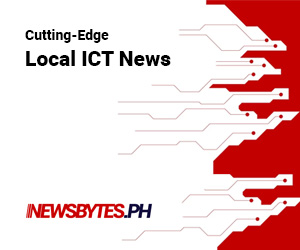The enterprise market, led by the government, military, and retail verticals, is beginning to turn to ?hearables? to foster better communication, collaboration, and workforce productivity.

ABI Research forecasts enterprise hearable shipments will top one million in 2021, increasing from just 30,000 in 2016, at a CAGR of more than 108%.
?Hearables allow employees to take calls quickly and hands-free, and also provide the ability to use voice-activated apps to more efficiently find and relay the information needed to complete the task at hand,? said Stephanie Lawrence, research analyst at ABI Research.
?While hearables today do not account for a large portion of the enterprise wearables market, their popularity is poised to accelerate with new devices like the Apple AirPods prepped for prime time.?
Newer entrants AfterShokz, Bragi, and Theatro are among a widespread variety of incumbents that include Bose, Motorola, and Plantronics, all of which are actively engaged in the space.
These devices adopt a range of form factors from in-ear, such as Nuheara?s IQbuds, to over the ear, such as Maven Machines? Co-Pilot and bone conduction, such as AfterShokz?s Trekz Titanium.
All of these devices work with voice as a natural interface to offer hands-free functionality ? whether through a call, the ability to activate voice-enabled applications, ambient noise control (for filtering out select sounds), activity tracking, or otherwise.
As hearables gain ground, many companies are differentiating their device designs by keeping specific enterprise use cases in mind.
For example, the Invisio X50 offers certified hearing protection, ensuring that high decibel sounds do not damage the ears while still allowing users to hear their environment.
Jabra and Plantronics offer hearables suited for use in the office or a call center, giving employees the option to take hands-free calls and connect to multiple different phones.
Maven Machines? Co-Pilot, meanwhile, specifically allows truck drivers to measure their levels of fatigue and perform mirror checks to ensure that they are driving safely.
?With large companies like Apple and Samsung in the market, awareness will only continue to accelerate, as more enterprises gain an understanding of what hearables have to offer,? said Ryan Martin, senior analyst at ABI Research.
?As hearables migrate from consumer to corporate environments, a number of new use cases will start to surface. Hands-free access to information, as well as the ability to communicate clearly across functional areas without the restraint of hand-held devices will continue to drive interest in hearable adoption.?



